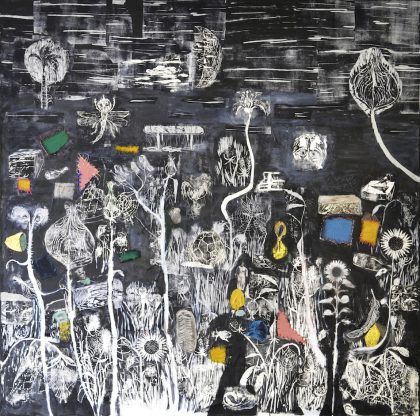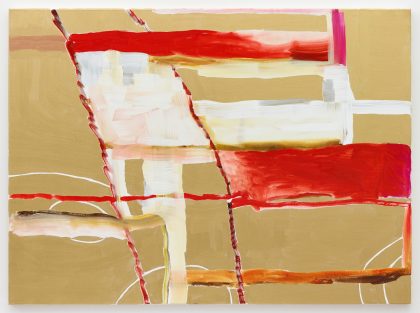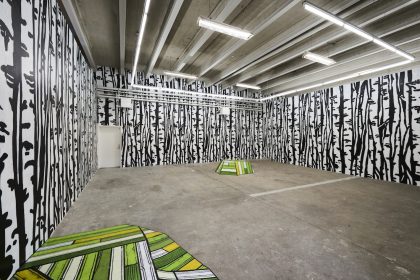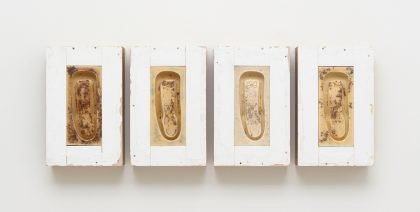Ceramics can last forever – museums of antiquities are loaded with old pottery. Contrary to gold or bronze that can be melted down to make cannons, earth is not a material that is recycled and relegated to other uses. Once fired it is the epitome of stability and historically became an acclaimed form of currency. Products from the Kerameikos quarter in Athens were unearthed as far away as Denmark.
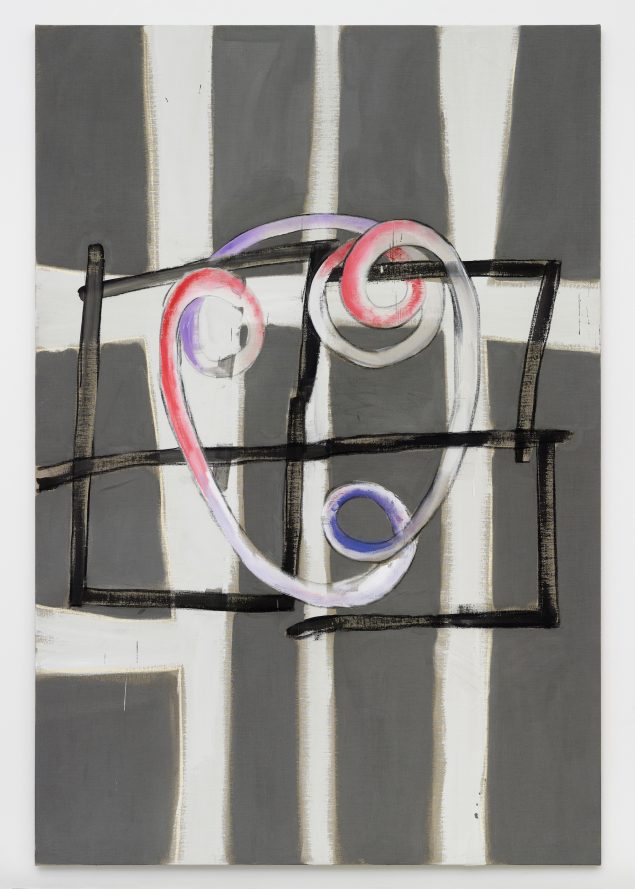
There are however exceptions when earth melts too. Centuries ago, a remote city in the desert was built using a mixture of dried sand and mud. This widely available material was perfectly adapted to the arid region. But due to very unlikely climate change that brought heavy rains over the oasis from time to time, the city has progressively melted. Its houses and citadel have been reduced to bulging cairns, much like sand castles attacked by the incoming tide.
Humans also destroy ceramics. In Ancient Greece, gatherings of drinking men called symposium featured a popular game which consisted of throwing ceramic cups against the wall. The object of this game, a predecessor of modern day darts, was that the handle of the cup catch on a nail. This of course but rarely happened and everybody drank another cup of wine until there was none left. Nowadays in Greece plates are still broken in order to dispel bad omens and throw a party.
It took archaeologists thousands of years to unearth intact specimens of pottery. It took ISIS just a few hours to wreck Mossul’s museum using pneumatic drills. Their edited videos look strangely similar to the images of Japanese noise band Hanarashi’s anti-art happening which brought a backhoe bulldozer into a concert hall and partly destroyed the venue.
Even if the ISIS iconoclasts for the most part ironically destroyed gypsum copies in Mossul, like props on a Hollywood movie set, its propaganda questions the museum as a place for accumulation in the capitalistic age. In Fellini’s Roma, workers drilling a subway tunnel discover an underground hall with gorgeous frescoes. But the frescoes immediately fade when fresh air comes into the tunnel.
When displayed and spotlit in a showcase, ceramic becomes a frail object. Left to its own devices, without any direct lighting, it will last forever.
– Sylvain Menétrey
Kilde: Christian Andersen
Frederiksholms Kanal 28A,
1220 København K
Ons-fre 12-18
Lør 12-15
Gratis entré
+45 25374101

